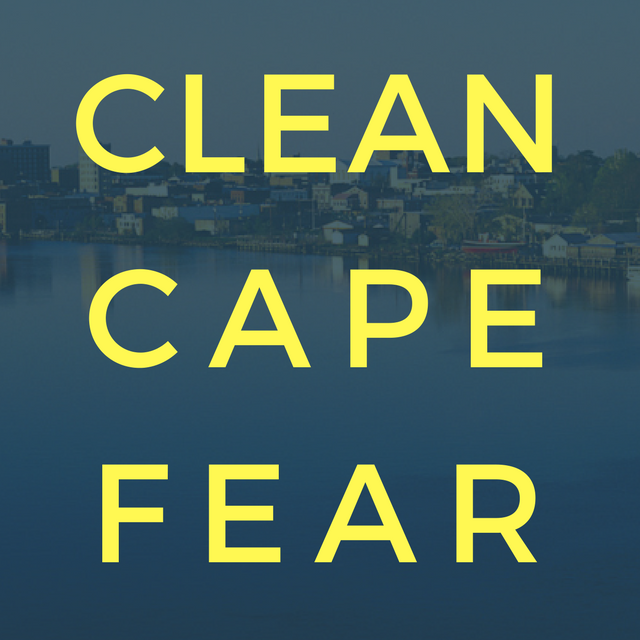BREAKING: Two More Unregulated Contaminants Found In Cape Fear River
The NC Department of Environmental Quality released a report from the U.S. Environmental Protection Agency August 31 indicating they found two compounds they are calling Nafion byproducts 1 and 2 in Chemours’ waste stream, and that concentrations of these compounds are not decreasing.
The discovery is a result of analysis of samples taken by DEQ over a six-week period, starting June 19 and sent to the EPAs lab in Triangle Park. Samples were taken from the outfall at the Fayetteville Works plant, and finished water at the Sweeney Water Treatment Plant in Wilmington.
Calibration standards for these chemicals are not commercially available, so accuracy of analysis is even more difficult to ascertain than it was for GenX. The compounds are similar in structure to that of a product called Nafion, which has been produced since 1980 at the Fayetteville Workls plant by Chemours (previously DuPont). It is assumed that discharge from the processing of Nafion is reacting with water to form the unknown, unregulated compounds.
Those compounds were documented in a 2012 study by EPA scientists Mark Stryner and Andre Lindstrom, who work at EPAs National Exposure Research Laboratory in Research Triangle Park.
There is no information on the health effects of these compounds, but, scientists point out that Nafion-like compounds have seven carbon atoms (compared to GenX which has 6); more carbon atoms may indicate a higher level of toxicity.
No standard data exists for the Nafion byproducts so DHHS is unable to establish a health goal for them at this time.
NC DEQ released a statement August 31 saying it “is looking at all legal options including going to court to get the company to stop the discharge.
“Our top priority is to protect the state’s citizens,” said DEQ Secretary Michael Regan. “Until we know more about the health effects of these byproducts, the company needs to stop discharging them. We’re also repeating our demand that Chemours give us information about all other chemicals in its waste stream.”
We are grateful that DEQ has led the way for EPA to find these compounds and that DEQ has already contacted Chemours informing them to stop the discharge.
Now, more than ever, we need to DEMAND that:
Governor Cooper should use his statutory authority to immediately halt all wastewater discharges from the Chemours Company into the Cape Fear River until Chemours proves that all unknown/unregulated compounds are captured and transported for off-site disposal.
The NC legislature should immediately fund Governor Cooper’s emergency appropriation request of $2.58 million to increase staff at the two relevant watchdog agencies -- the Dpt. of Environmental Quality and the Dpt. of Health and Human Services -- so they can continue to properly investigate Chemours, strengthen permitting processing, conduct health assessments and monitor drinking water to ensure Chemours will be held legally accountable for polluting our drinking water supply and for any health issues that are shown to have been caused by their malfeasance.
The Chemours Company should reimburse all public entities and private citizens who have and continue to spend money cleaning up their mess; this includes any funds appropriated by the state, utility companies, schools, as well as funds spent by business owners and citizens who have been purchasing filters or bottled water for months.
The Chemours Company should immediately supply clean drinking water for the approximately 300,000 residents and businesses whose drinking water is sourced from the Cape Fear River. This supply should continue indefinitely while this crisis and its outcomes are being determined.
All NC legislative officials should cease accepting political donations from Chemours or its parent company DuPont.
Local publicly owned entities should divest all investment portfolios from Chemours and its parent company DuPont (including but not limited to utilities, UNCW, Cape Fear Community College, city and county governments, and New Hanover Regional Medical Center).
